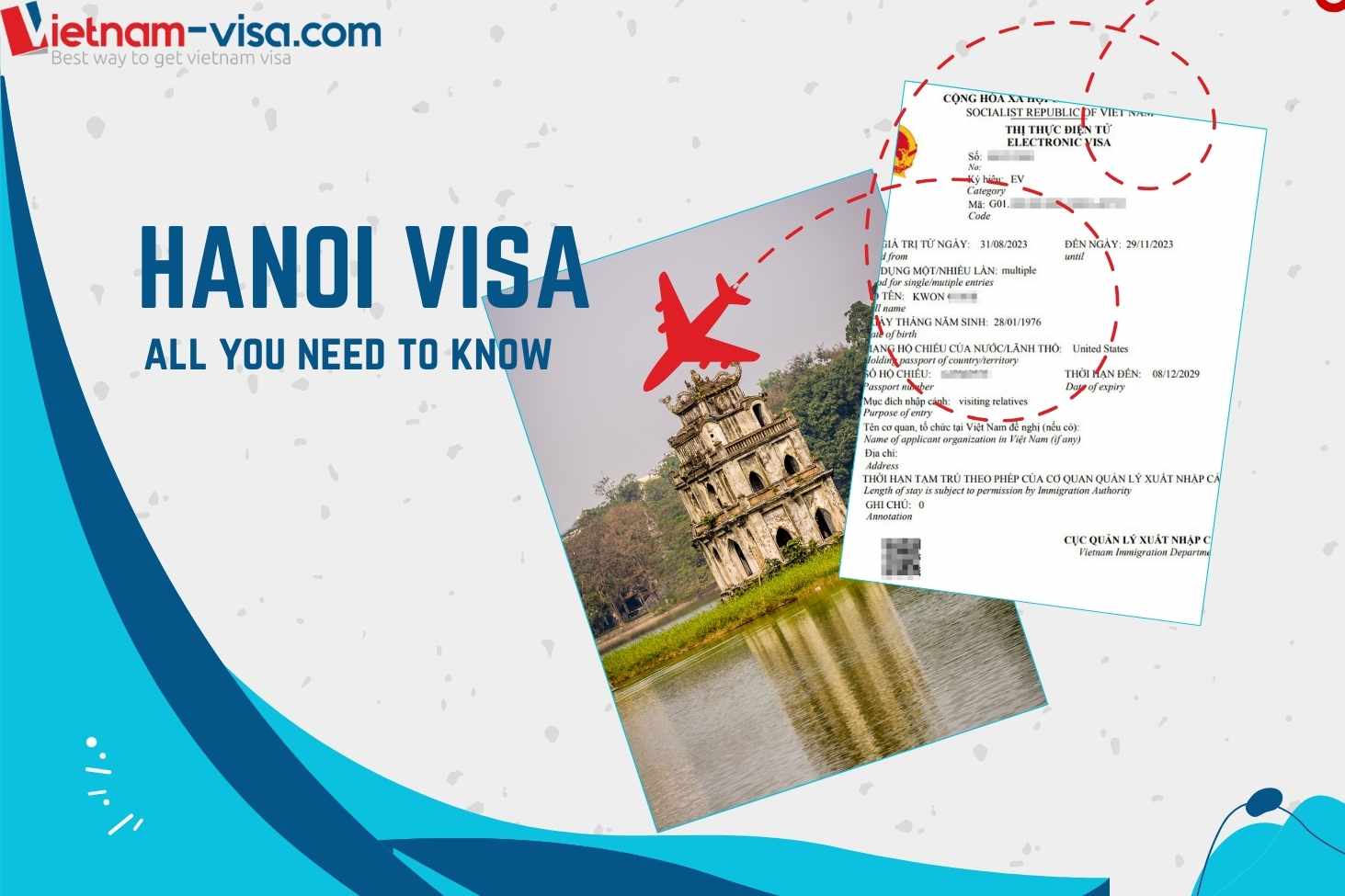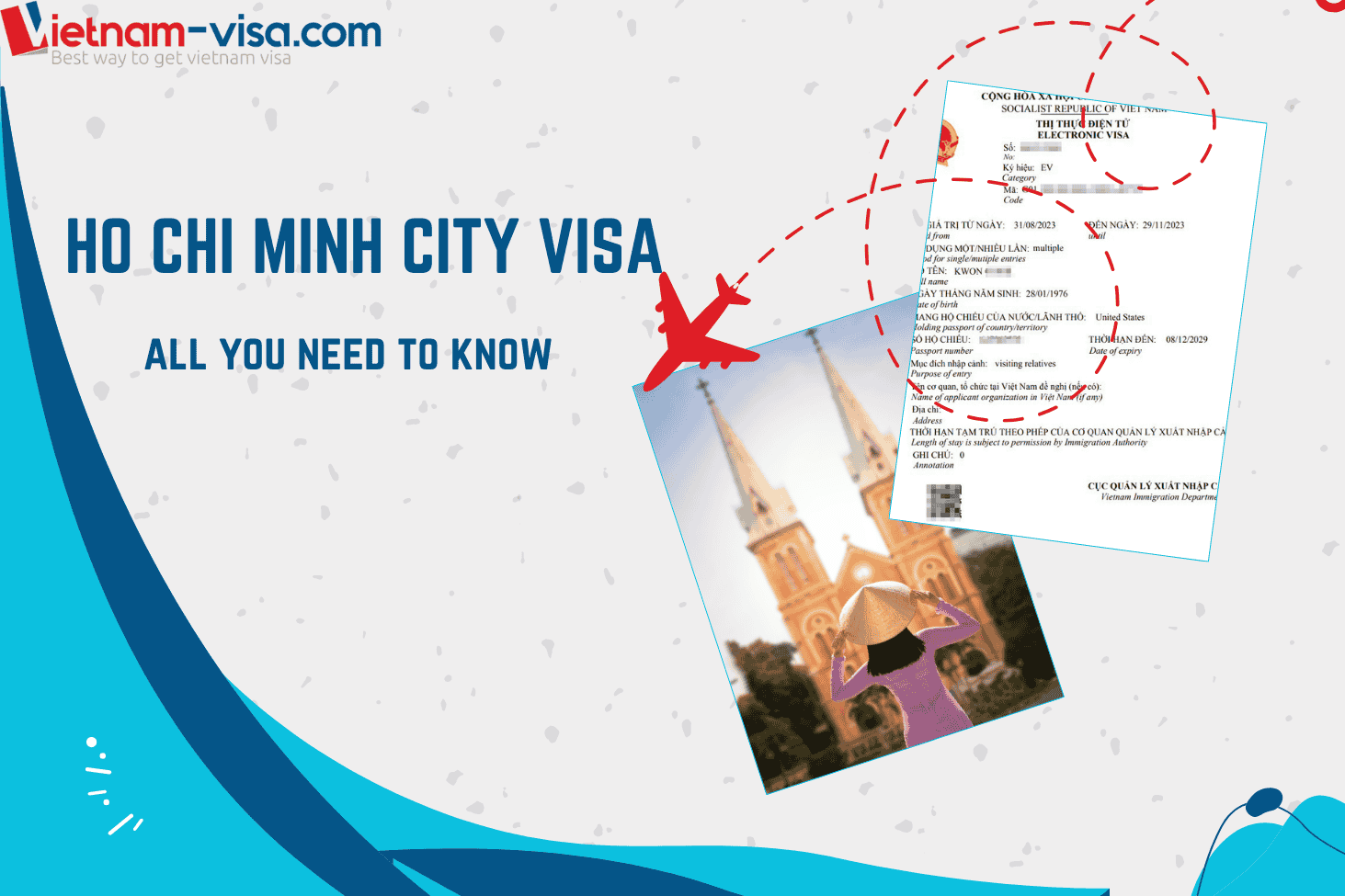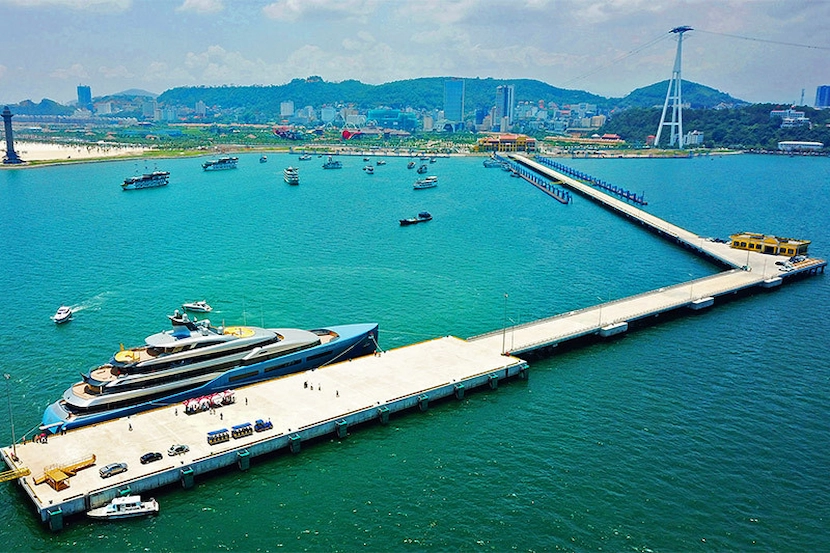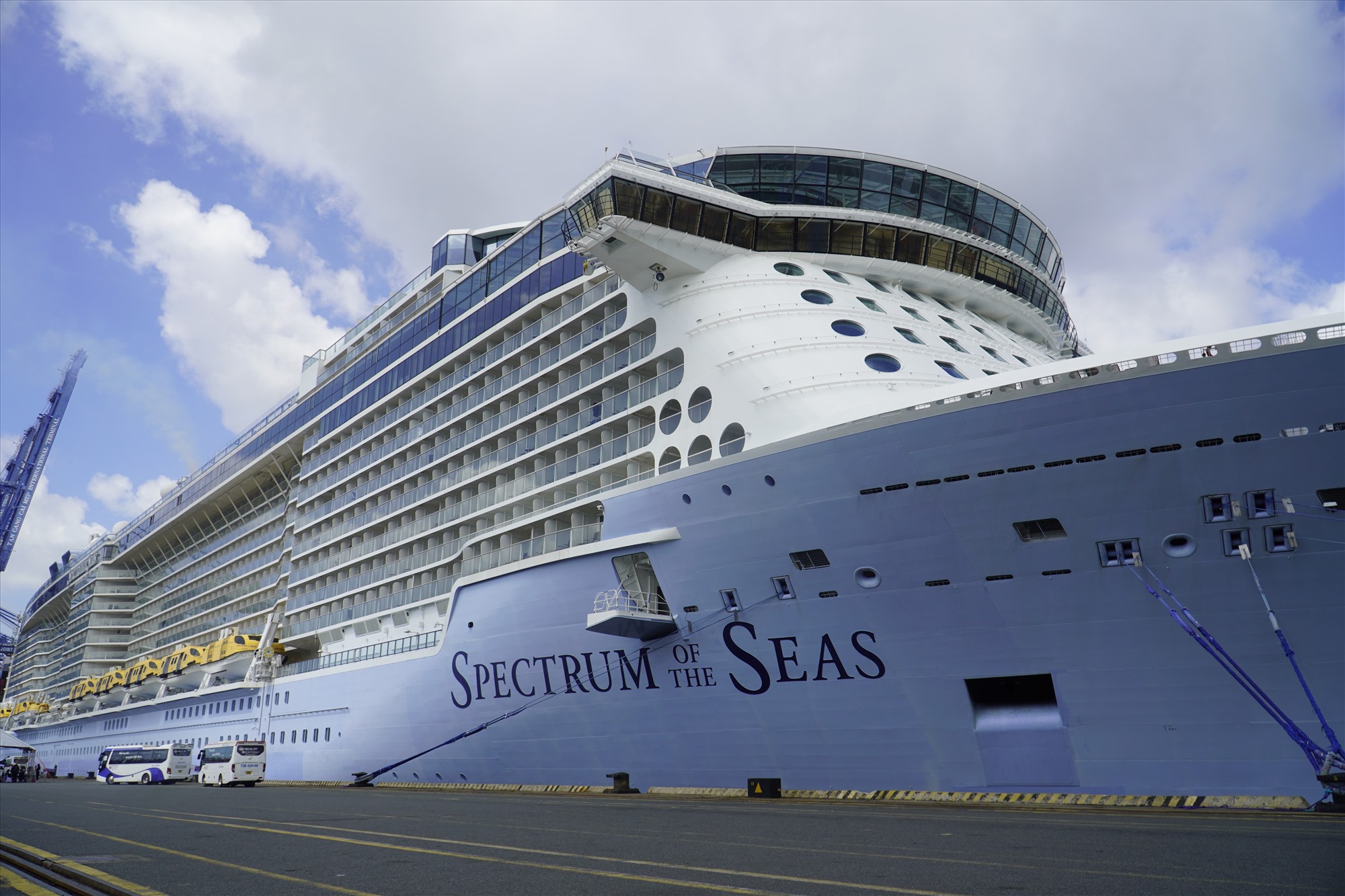The tourism is booming and almost 13 million people visited Vietnam in 2017. That’s a year-on-year increase of 29%, outperforming all previous years. The economy is also one of the fastest growing in the world and attracts increasingly more foreign investors.
We can see that Vietnam is performing well on many fronts at the moment.
Most importantly, with new real estate ownership regulations in place, it’s become remarkably easier to buy apartments and houses as a foreigner, and the market is red hot.
In this article, you’ll learn more about how you can buy real estate by simply having a tourist visa in Vietnam, which districts you should have a look at, how high property prices are, and other interesting information.
Vietnam’s property ownership regulations for foreigners
Before 2015, it was practically impossible to buy and own real estate as a foreigner in Vietnam.
The same year, the government introduced a number of eye opening changes, welcoming foreign investors that had eagerly been waiting on the sidelines.
Vietnam has attracted many foreign real estate buyers since, and will continue to do so for years to come.
Below I’ve listed some of the most notable regulatory changes, showing how easy it’s become to buy and own property in Vietnam.
- Foreigners can buy real estate by simply having a tourist visa. Tougher regulations were in place prior to 2015. Read this for full information about how to get a tourist visa fast and easily.
- You can rent out your property and enjoy the highest rental yields in Asia. If you’re not familiar with this term, rental yield shows the ROI (return of investment) when comparing the purchase price and the rental incomes earned. It’s shown as a percentage.
- Technically, you can buy as many properties as you want, as long as you don’t exceed the quota of 30% of the units in a condo building, and 10% of the houses in a landed project. Previously, foreigners could only buy one apartment unit.
- You can buy houses. Landed properties were not available to foreigners prior to 2015. Just keep in mind that you can’t own the land that the house is built on. Instead, you need to lease the land with a leasehold period of up to 50 years.
- You can renew the leasehold period with up to 50 years (this wasn’t possible before 2015)
- If you have a Vietnamese spouse, you can get freehold ownership (not possible before 2015)
Quite remarkable changes, right?
Hopefully, it doesn’t come as a surprise that many foreigners have Vietnam at the top of their lists when looking for real estate overseas.
Which districts should be of interest when buying real estate in Ho Chi Minh City?
Ho Chi Minh City is the financial hub in Vietnam and receives the most investment and attracts the most foreigners. Therefore, I will focus on Ho Chi Minh City in this article, and break down the city on a district level, showing which areas that are interesting at the moment.
Let’s start with the district that I personally like the most.
Real estate in District 2
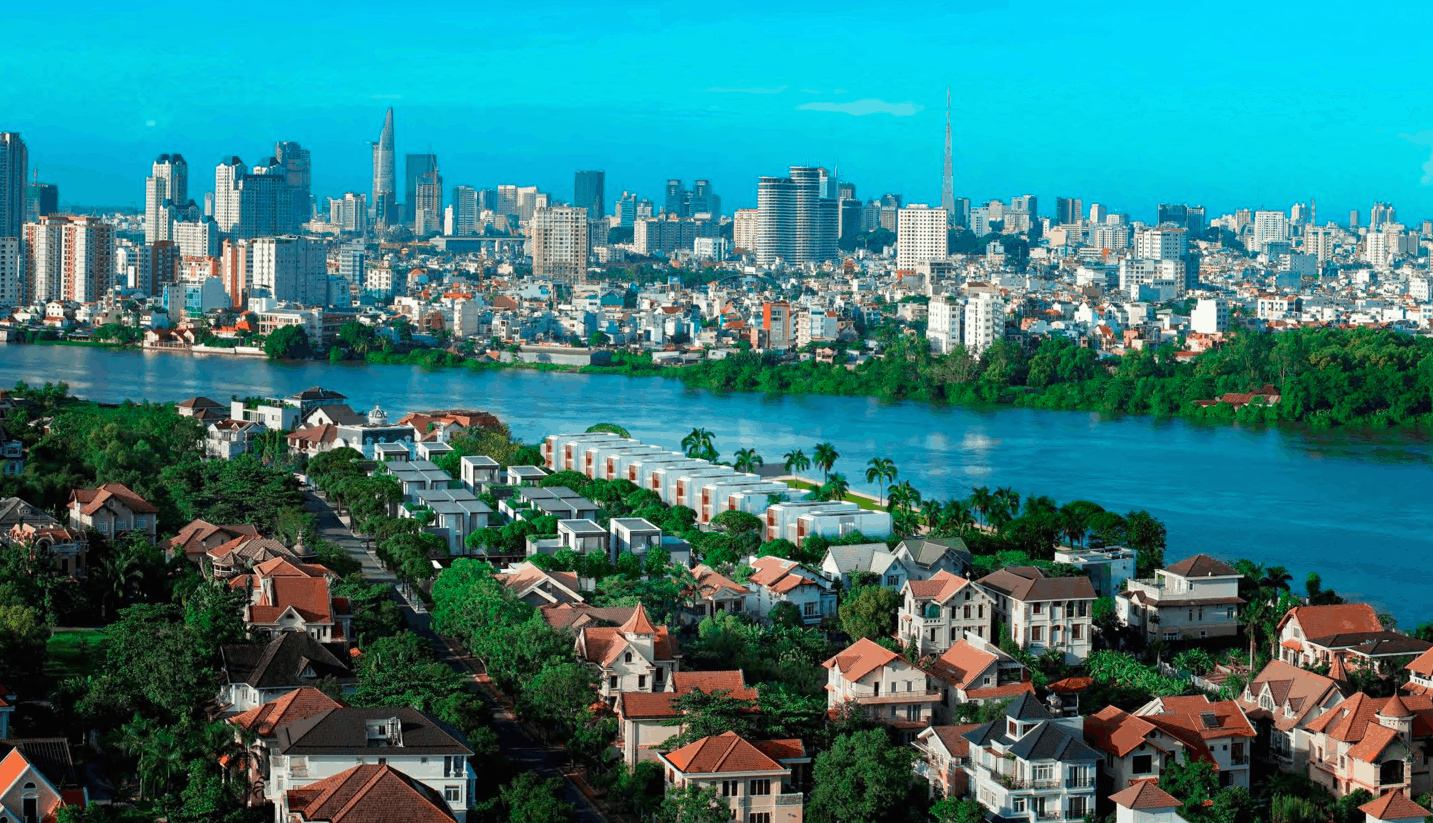
Real estate in District 2, Ho Chi Minh City
If you look a couple of decades back, District 2 was not very developed and suffered from poverty. It’s one of the districts that has experienced the fastest development the past years, and currently hosts many of Ho Chi Minh’s expats and other foreigners.
The district is one of the biggest districts and detached from central areas like district 1, Binh Thanh, and district 3. I like district 2 the most as it’s more relaxed, offers a wide range of bars and restaurants, international schools, and a high quality of life in general.
District 2 had many plush villas at a start, built to cater wealthy locals and foreign expats. It was kind of a test project. That has changed much and now you’ll see a number of new condo projects popping up here and there.
If you ever want to go to the central areas, like district 1 or Binh Thanh, you won’t need more than 15-30 minutes by car (depending on the traffic situation).
Real estate in District 7
District 7 is probably the most developed district in Ho Chi Minh City, hosting many expats and foreigners. The same as it goes with district 2, you’ll find many international schools, bars, restaurants, and other amenities in this area.
With a more developed infrastructure, you can enjoy high instant rental income, which is not always the case in less developed areas, where you mostly find under construction projects, where infrastructure, such as roads, hospitals, and office space are still planned.
If you seek higher ROI and capital appreciations, you have plenty of other options in Ho Chi Minh, for example district 9.
Real estate in District 9
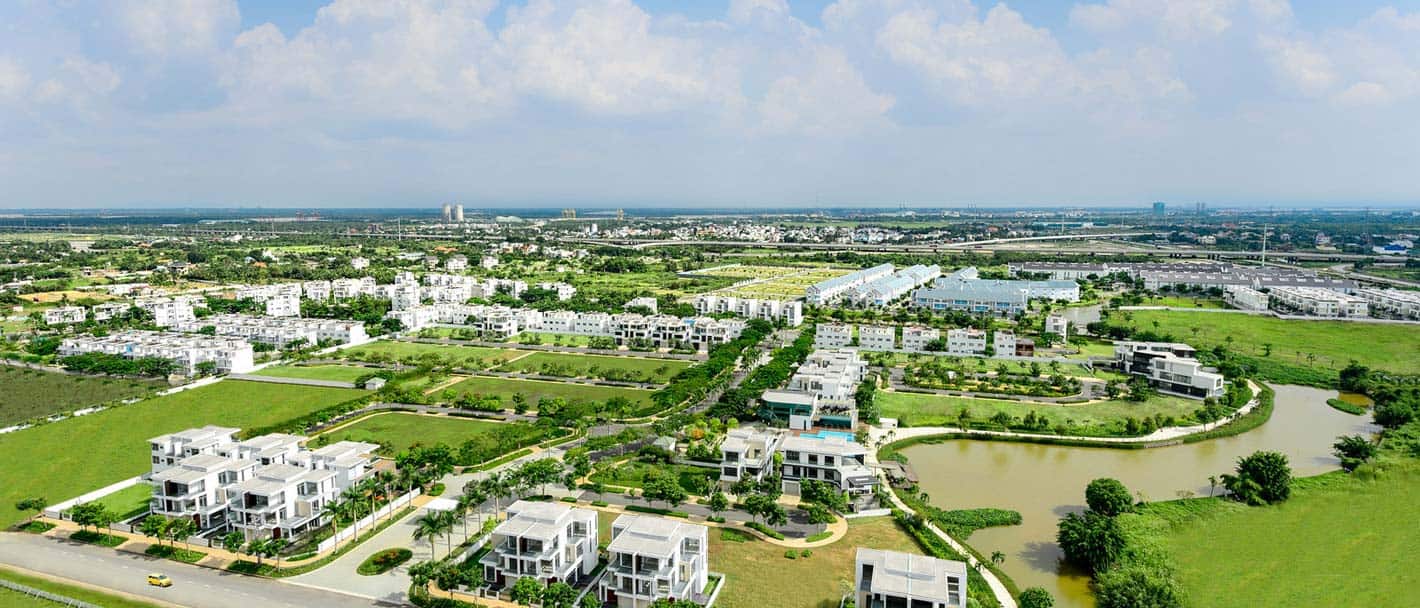
Real estate in District 9 Ho Chi Minh City
District 9 is the biggest district in Ho Chi Minh City and is not as developed compared to district 2 and district 7, and the central parts. It’s not strange as it’s located further away from the city center, and on the right hand side of district 2.
The major benefit of buying real estate in district 9 is that it will have its prime time in the coming years. Many new projects are planned here and you’ll reach the central parts of Ho Chi Minh within a short time once the Metro is up and running in 2020.
The prime goal of developing district 9 is to expand Ho Chi Minh City eastwards, connecting it with Bien Hoa, a city where we see more commercial activity. Stretching eastwards will also increase the connectivity with An Phuoc, a promising and developing ward belonging to Ben Tre province.
Many factories are located in district 9 and most of the new office space planned until 2025 will be dedicated to this area. This will naturally result in an increased demand of real estate.
As mentioned, the district still waits for infrastructural developments to finish. You won’t earn instant rental comes instantly in the same way like in district 2 and 7, as most of the real estate projects and infrastructural developments are still under construction.
Keep in mind that buying real estate in strategic areas in district 9, especially close to the Metro line, can result in high capital appreciations and ROIs. You just need to have some more risk appetite and long term goals.
How high are the property prices in Ho Chi Minh City?
Property prices have increased much the past years in Ho Chi Minh City. Still, investors from places like Hong Kong, Singapore, Korea, and China see Ho Chi Minh City cheap alternative compared to buying property back home, and with greater potentials for high investment returns.
Prices are still surprisingly low in comparison with neighboring countries, averaging at $US 2269 per square meter in the central parts, while the price per square meter is merely 1083 US dollars in suburban areas.
That’s a fraction compared to places like Hong Kong and Singapore, where you need to pay 5-6 times more per square meter.
Vietnam is currently one of the cheapest places to buy real estate in Asia, and the yields are high in places like Hanoi and Ho Chi Minh City. As mentioned, if you have some risk appetite, long term goals, and want to buy property with a lower price tag, then places like district 9 should be of interest, where you can reap great yields later.
Biography
This article was written by Asiapropertyhq.com, one of the fastest growing real estate content providers in Asia Pacific. The website helps foreigners that wish to buy real estate in countries like Vietnam, Thailand, Malaysia, the Philippines, and more. If you find this information interesting, visit the website to read more of their real estate guides.

